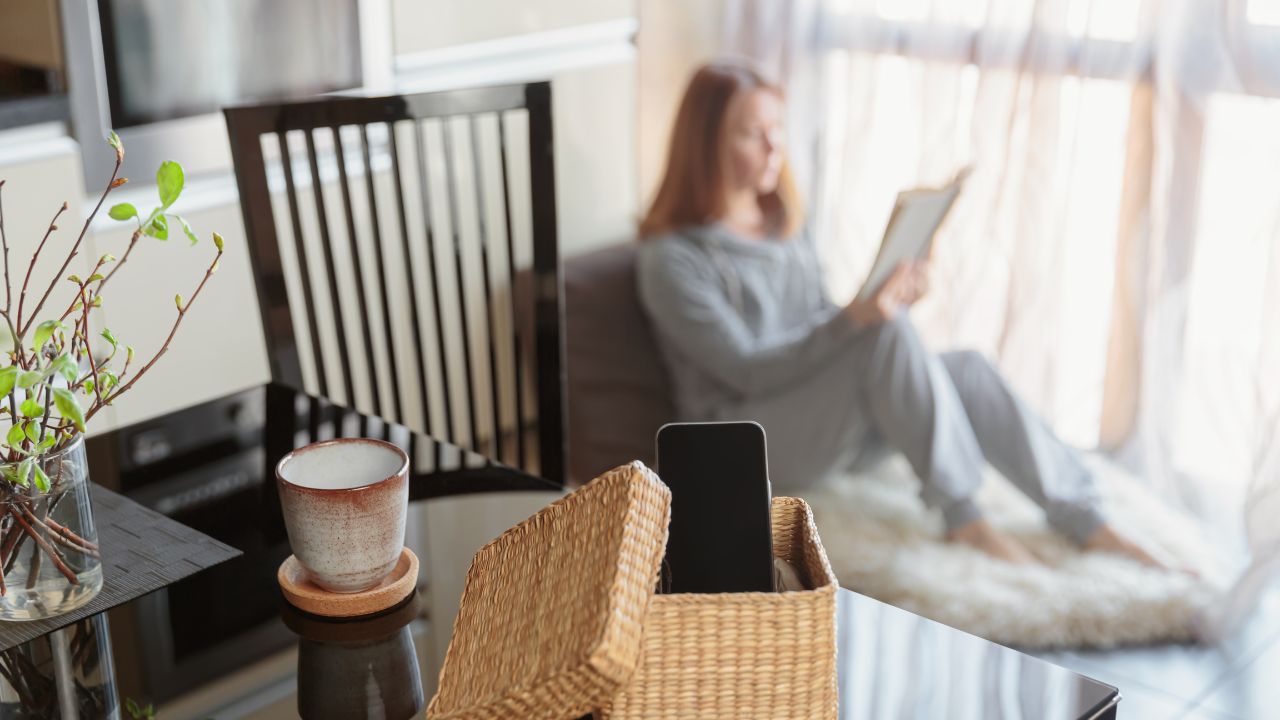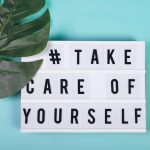Screens have become an inseparable part of modern life. From the moment we wake up to the last minutes before bed, we are often glued to smartphones, laptops, televisions, or tablets. Technology has undoubtedly transformed our lives for the better, it connects us to loved ones, offers instant access to knowledge, and provides endless entertainment. But at the same time, excessive screen time has quietly created a new set of health and lifestyle challenges.
Constant notifications, social media scrolling, and 24/7 availability blur the line between work and personal life. Many people feel anxious without their phones, distracted during conversations, and unable to concentrate on tasks. Sleep patterns are disrupted, productivity suffers, and mental health takes a toll. This is where the concept of a digital detox comes in, a conscious decision to reduce reliance on digital devices and reclaim balance.
A digital detox is not about rejecting technology altogether. It is about pausing, setting boundaries, and learning to use devices in healthier, more intentional ways. In this guide, we’ll explore why a digital detox matters, the benefits it offers, and practical strategies to get started.
Why a Digital Detox is Important
Mental Health Benefits
Excessive screen time, especially on social media, is linked with anxiety, depression, and low self-esteem. Constant comparison with others’ “highlight reels” creates unrealistic expectations and dissatisfaction with one’s own life. Detoxing helps break this cycle.
Improved Focus and Productivity
Frequent interruptions from notifications reduce attention span and work efficiency. Studies show that it takes up to 23 minutes to refocus after a distraction. Disconnecting allows for deeper concentration.
Better Sleep
The blue light emitted by screens suppresses melatonin, the sleep hormone. Scrolling before bed delays sleep onset and reduces quality. Reducing evening screen time significantly improves rest.
Stronger Relationships
Face-to-face conversations often take a back seat when devices dominate attention. Detoxing encourages genuine connections with friends and family.
Physical Health Improvements
Long hours on screens contribute to eye strain, headaches, poor posture, and sedentary behaviour. A detox naturally encourages more movement and healthier routines.
Signs You May Need a Digital Detox
- You feel anxious or restless when away from your phone.
- You check notifications compulsively, even without alerts.
- Screen use interferes with sleep or meals.
- You spend more time scrolling than engaging in hobbies or conversations.
- Productivity at work or study is declining due to constant distractions.
- You compare yourself negatively to others online.
Recognising these signs is the first step towards regaining balance.
Practical Steps to Start a Digital Detox
1. Set Clear Intentions
Ask yourself why you want to detox. Is it to improve sleep, focus on work, spend more time with family, or reduce anxiety? Clarity helps you stay committed.
2. Establish Device-Free Times
Introduce small rules such as:
- No phones during meals.
- No screens in the bedroom.
- A 30-minute digital-free window after waking up and before bed.
3. Turn Off Non-Essential Notifications
Most notifications are unnecessary interruptions. Disable alerts for social media, shopping apps, or games, keeping only important ones like calls or calendar reminders.
4. Use Apps to Limit Screen Time
Ironically, technology can help reduce technology. Apps like Forest, Freedom, or Digital Wellbeing track screen use and block distracting apps during work hours.
5. Replace Scrolling with Alternatives
Fill the digital void with activities that engage you offline:
- Reading books or magazines
- Journaling or sketching
- Outdoor walks or exercise
- Cooking or learning a hobby
6. Create Tech-Free Zones at Home
Designate spaces where devices are not allowed, such as the dining table or bedroom. This encourages mindful living and better relationships.
7. Try a Short Detox Challenge
Start small:
- 24-hour social media break
- “Screen-free Sunday” once a week
- 7-day challenge where you reduce use by 50%
Gradually extend the duration as it becomes easier.
Deepening the Detox: Advanced Practices
Digital Decluttering
Uninstall apps you rarely use, unsubscribe from email lists, and tidy up your home screen to minimise distractions.
Redefine Online Habits
Instead of scrolling aimlessly, set a clear purpose before opening an app. Ask: Why am I logging in? What do I want to achieve?
Mindful Social Media Use
Follow accounts that inspire or educate, and unfollow those that trigger stress or comparison. Curate your feed to align with your values.
Tech Sabbaticals
Take extended breaks from devices during holidays or weekends. Many people find even a two-day retreat without screens to be deeply refreshing.
Benefits You Can Expect
Short-Term
- Better sleep
- Improved focus
- Reduced stress levels
- More meaningful in-person interactions
Long-Term
- Healthier relationship with technology
- Stronger mental resilience
- More time for hobbies, family, and rest
- Improved self-awareness and mindfulness
Common Challenges and How to Overcome Them
- Fear of Missing Out (FOMO): Remind yourself that most online updates are not urgent. Replace checking with meaningful offline activities.
- Work Demands: If your job requires constant connectivity, set boundaries such as “no emails after 8pm.”
- Habitual Checking: Keep your phone in another room or use it only at scheduled times.
- Social Pressure: Let friends and colleagues know you’re reducing screen time so they understand slower responses.
Frequently Asked Questions
Q: Do I need to give up technology completely?
No. A digital detox is about balance, not elimination. It’s about mindful use.
Q: How long should a detox last?
Start with a few hours daily or one screen-free day per week. Adjust depending on personal needs.
Q: Will I become less productive without constant connectivity?
On the contrary, detoxing often improves productivity by reducing distractions.
Q: Is social media always harmful?
Not necessarily. It depends on how and why you use it. Positive, purposeful engagement is fine; compulsive, endless scrolling is the issue.
Technology is an extraordinary tool, but when it dominates our lives, it begins to control us rather than serve us. A digital detox is a conscious reset, an opportunity to step back, regain balance, and use technology in ways that enhance, rather than hinder, our wellbeing.
You don’t need to disappear from the online world completely. Small, intentional steps like switching off notifications, setting boundaries, and replacing screen time with offline joys can transform how you feel and function.
In the end, a digital detox is less about giving up devices and more about reclaiming presence. It allows us to live more mindfully, connect more deeply, and rediscover the richness of life beyond screens.








Leave a Comment